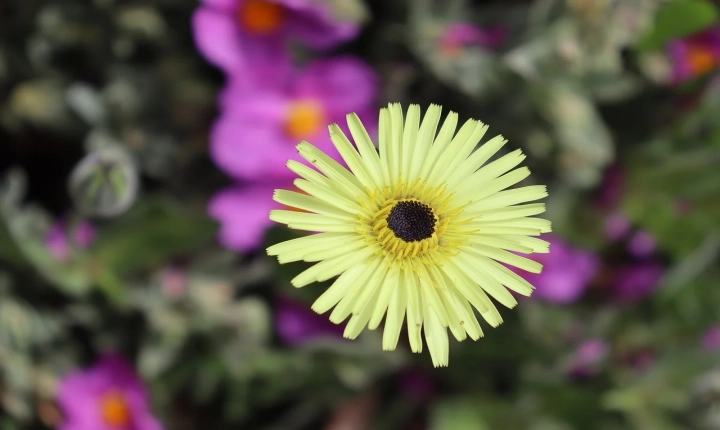Is AI Art Bad?
As the world continues to be transformed by rapid technological advancements, one of the most controversial topics to emerge is the rise of AI-generated art. While the development of AI art has generated excitement and curiosity, it has also sparked a debate about its potential negative impacts on the art world. Critics argue that AI art is devoid of human emotion, creativity, and intention, and believe that it undermines the traditional role of the artist. However, a deeper exploration of this topic suggests that the question of whether AI art is bad is far more nuanced than a simple yes or no.
One of the primary concerns raised by opponents of AI art is the fear that it will replace human artists and devalue their work. They argue that AI-generated art lacks the depth and emotional resonance that human-created art offers. They worry that the proliferation of AI art will flood the market with cheap, mass-produced pieces that diminish the value of authentic artistic expression.
Furthermore, skeptics question whether AI can truly produce art that is original and innovative. They believe that AI is simply replicating existing styles and techniques, rather than creating something truly novel. This raises questions about the authenticity and integrity of AI art and its place within the art world.
Another common criticism of AI art is the ethical implications of its creation. Some argue that AI lacks the moral compass and consciousness necessary to create art that is socially and culturally responsible. They warn of the potential for AI to perpetuate harmful stereotypes and biases, as well as to create art that is insensitive, offensive, or inappropriate.
On the other hand, proponents of AI art argue that it has the potential to expand the boundaries of creativity and artistic expression. They believe that AI can be a powerful tool for artists, offering new ways to explore and manipulate visual and conceptual ideas. AI can also assist artists in realizing complex designs and concepts that might otherwise be challenging or impossible to achieve. Additionally, supporters argue that AI art has the potential to democratize the artistic process, making it more accessible to a wider range of creators.
Furthermore, some advocates of AI art argue that its lack of human emotion and intention can be seen as a strength rather than a weakness. They suggest that AI-generated art offers a fresh perspective, free from the burden of human subjectivity. This could lead to new forms of artistic expression that challenge existing norms and conventions in exciting and innovative ways.
Ultimately, the question of whether AI art is bad is a complex and multifaceted one. It is clear that AI art poses challenges and potential risks to the traditional art world, but it also offers exciting opportunities for creativity and innovation. The key may lie in finding a balance between embracing the capabilities of AI art while preserving the unique value of human artistic expression. It is essential to approach the development of AI art with thoughtful consideration of its ethical implications, and to continue to critically examine its impact on art and society. The ongoing conversation surrounding AI art will undoubtedly shape the future of creative expression, and it is crucial to engage in this dialogue with an open mind and a willingness to explore the potential of this emerging art form.
